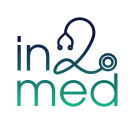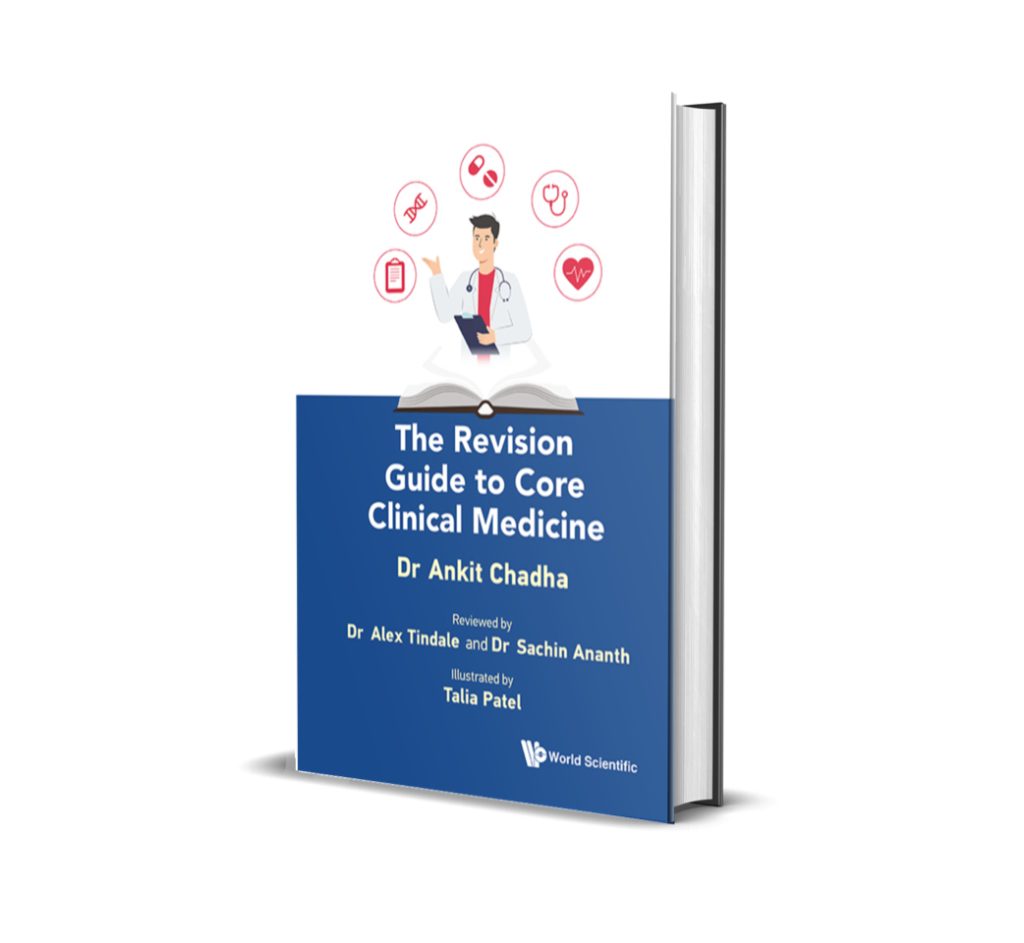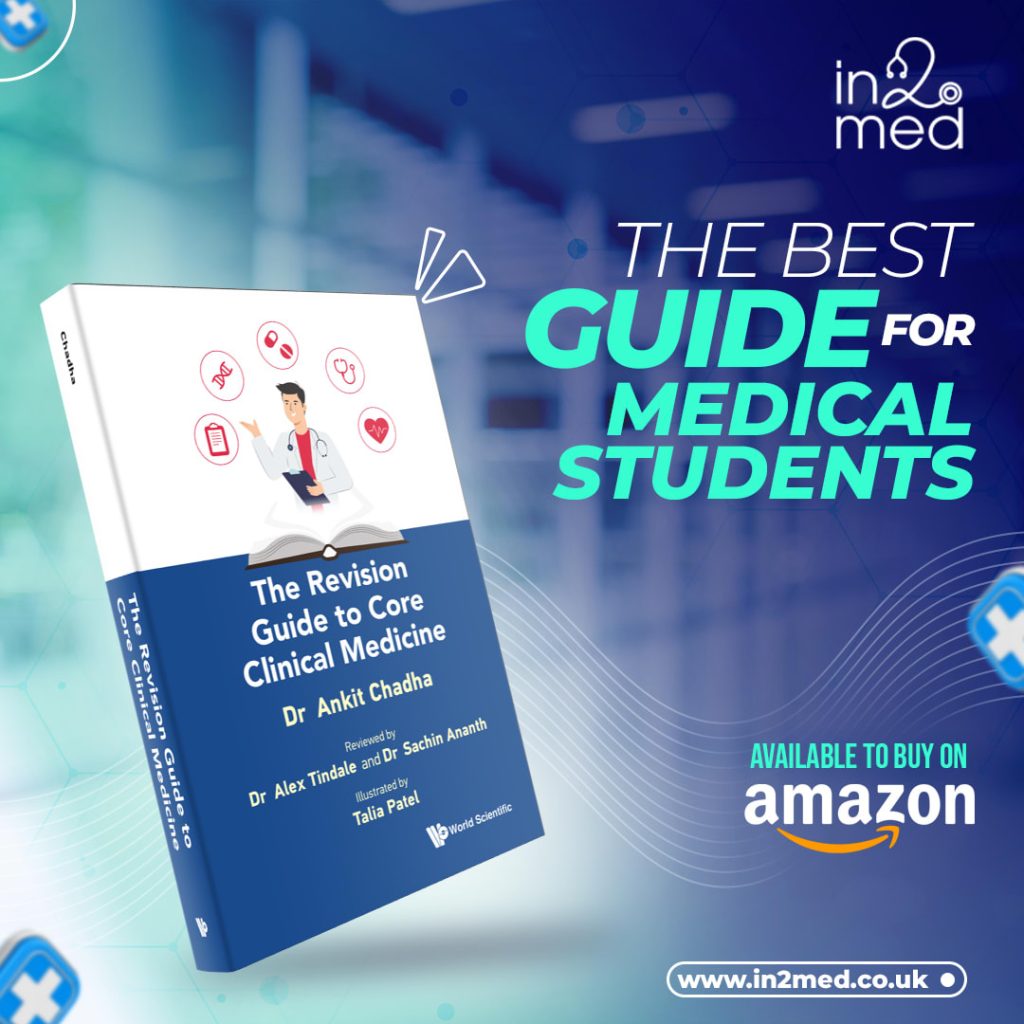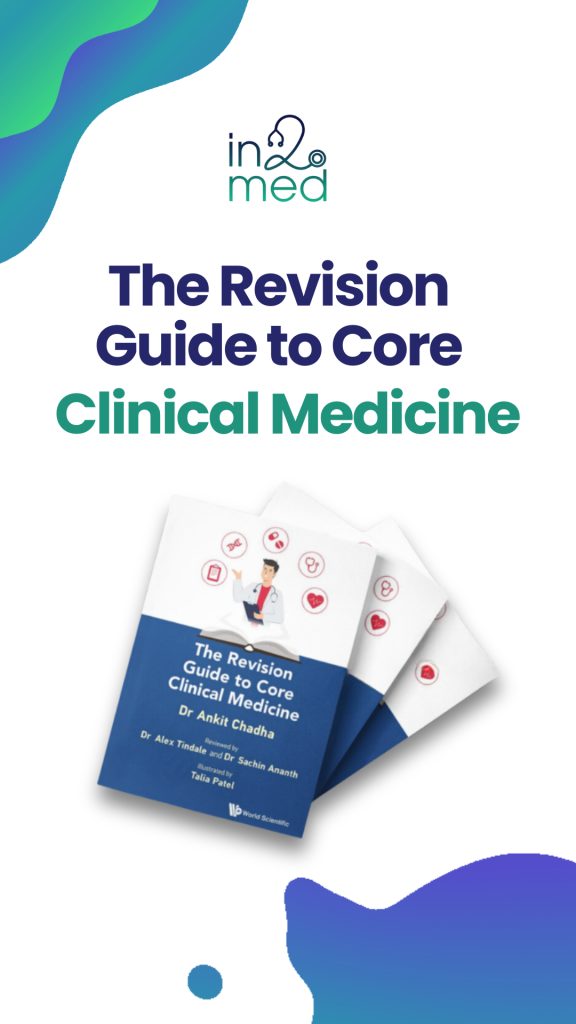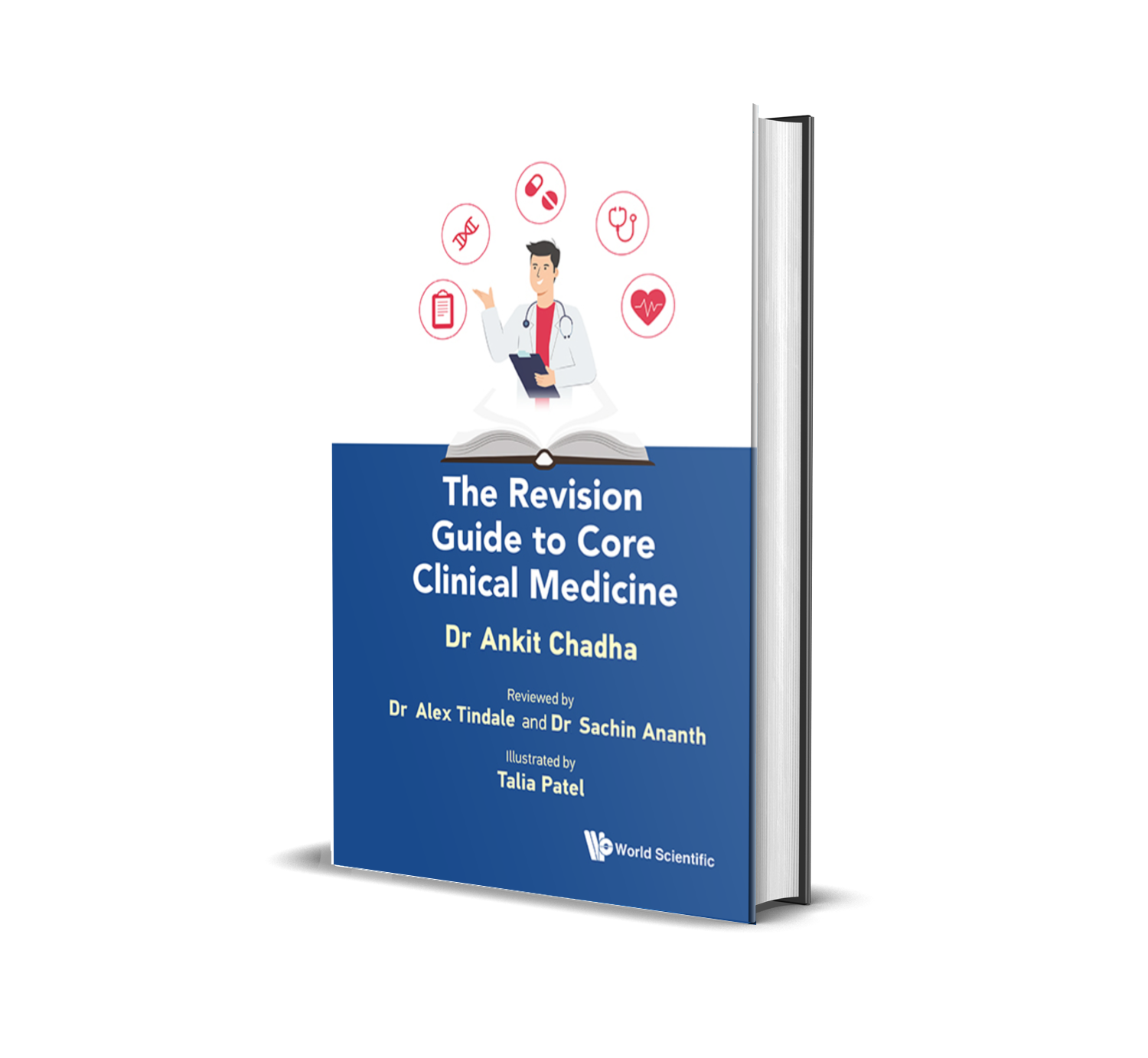Blood Pressure Drugs
Nitrovasodilators – Glyceryl trinitrate, isosorbide dinitrate
These drugs are converted to nitric oxide in vascular smooth muscle cells.
They activate cGMP-dependent kinases which lead to phosphorylation of MLCK, smooth muscle relaxation and vasodilation.
They dilate veins, reducing cardiac preload, and dilate arterioles, reducing afterload.
Unlike other vasodilators, these drugs preferentially dilate collateral vessels in ischaemic areas rather than well-oxygenated areas.
This helps the areas which need blood most preventing “coronary steal.”
They are avoided in hypotension (< 90 mmHg) and severe aortic stenosis.
Glyceryl trinitrate is given as a sublingual spray.
Side effects
Hypotension with reflex tachycardia
Throbbing headache
Dizziness
Development of tolerance
Contraindications
Hypotension (BP<90)
Aortic stenosis
Dihydropyridines – Amlodipine, nifedipine
These are L-type calcium channel blockers that bind the inactive form of the channel.
Binding the inactive channel gives them selectivity for vascular smooth muscle over cardiac muscle, allowing them to cause vasodilation and decrease afterload.
They are the first-line drugs in treating hypertension in people older than 55.
Side effects
Vasodilation – flushing and headaches
Ankle oedema
Alpha receptor antagonists
These drugs lower total peripheral resistance by stopping the action of noradrenaline, released by the sympathetic nervous system on α1 receptors.
Phentolamine
A non-selective alpha antagonist. Causes vasodilation but also a reflex tachycardia.
Doxazosin, terazosin
These are a1-selective antagonists, which lead to vasodilation.
They do not cause a reflex tachycardia but can contribute to postural hypotension.
Labetalol
This is a mixed α1 and beta-adrenoceptor antagonist.
Intravenous formulation is clinically used in treating pheochromocytoma and critical management of hypertension such as after aortic dissection or stroke.
K+ channel openers
These drugs act on ATP-sensitive K+ channels in vascular smooth muscle cells.
ATP usually closes these channels, but these medicines open the channels.
The outward K+ current causes cell hyperpolarisation and vasodilation.
Minoxidil
This is used to treat refractory hypertension as well as hair loss (causes hirsutism).
It can cause a reflex tachycardia so it is combined with a beta-blocker and diuretic.
Side effects
Causes reflex tachycardia so combined with a B-blocker and diuretic.
Nicorandil
This is used in angina to open cardiac KATP channels to improve coronary blood flow.
Side effects include flushing of the face, headache, nausea and anal ulceration.
Central Sympathetic Agents
These drugs work on different levels of the sympathetic nervous system to decrease peripheral vascular resistance.
Methyldopa
This is a variant of dopa, a precursor in the noradrenaline synthesis pathway.
It gets converted to methyl-noradrenaline which is a false neurotransmitter.
It binds presynaptic inhibitory α2 receptors which are Gi coupled.
This leads to hyperpolarisation, inhibiting the presynaptic terminal.
This reduces noradrenaline release leading to downstream vasodilation.
It is used to manage hypertension in pregnancy.
Side effects
Flushing
Headache
Nausea and vomiting
Rectal bleeding
Clonidine, moxonidine
These are α2 receptor agonists which stimulate pre-synaptic α2-adrenoceptors.
They inhibit the synaptic terminal in the CNS decreasing sympathetic outflow, leading to downstream vasodilation.

Hydralazine
This reduces blood pressure directly by relaxing the arteriolar muscle.
It can cause a lupus-like (SLE) syndrome.
Side effects
- Can cause lupus-like (SLE) syndrome
Dipyramidamole
This is a phophodiesterase inhibitor, which dilates resistance vessels.
It also interferes with adenosine breakdown which stops platelet aggregation.
It is rarely used in practice now but was previously used in acute coronary syndrome as an antiplatelet agent and in combination with aspirin after TIA.
Phosphodiesterase inhibitors – Sildenafil (viagra), tadalafil
These drugs inhibit phosphodiesterase type V.
Inhibition of this enzyme leads to increased cGMP levels, which then leads to more phosphorylation of MLCK and finally to smooth muscle relaxation and vasodilation.
They are particularly effective in the management of erectile dysfunction.
They can also be used to treat pulmonary hypertension and Raynaud’s phenomenon.
Side effects
Back pain and myalgia
Headache, flushing
Nasal congestion
Blurred vision with blue tint
Disclaimer
